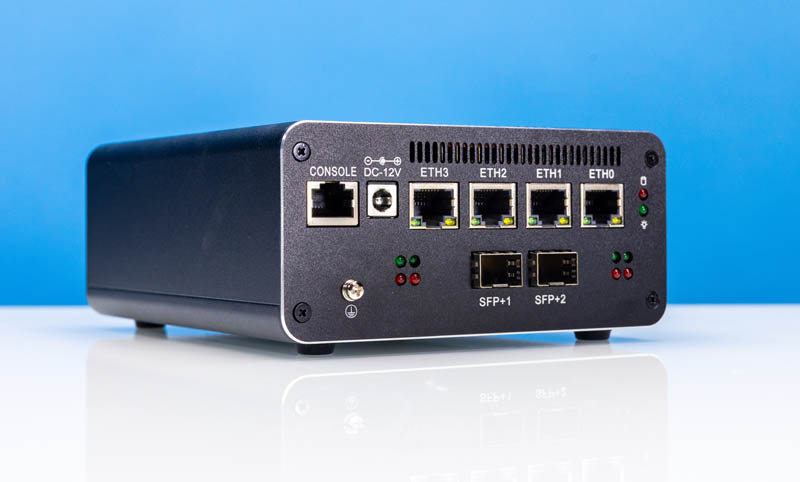Maverick009
Senior Member
So I have been talking about it for a while now and finally did a fully upgrade revamp of my Opnsense Firewall. Major upgrade to the firewall that will last for a very long time. I have the Intel NICs also setup in Bridge mode as it made complete sense with my home network and the CPU is more than capable of running it that way. I have 1 port of the 10G NIC running directly into the 10G Aquantia card on my gaming and NAS server that also host my Lancache. Currently have the main feed of my devices running from one of the I350-T4 gigabit ports to a 24-port L3 Switch that route out to the various hardwired devices and to 2 Asus Routers in AP mode for the wireless devices. I will probably be making some changes to the way devices are connected at some point and possibly look at adding multigig 2.5G/5G/10G Switches to the mix within the next year. The difference in hardware alone and specifically the CPUs, sees a nice power reduction and with that a huge heat difference, which is a good thing. As for the OS, Opnsense has been working quite well and really gets the job done and for anyone on the fence, this has been a great project I can speak too as well and wanted to share.
Previous hardware
Intel Q6600 2.4Ghz CPU (95W)
4GB DDR3 Dual-Channel Memory
240G SATA SSD (OS)
Gigabyte G41MT-USB3 motherboard
Intel I350-T4 Quad Gigabit NIC
Dual 2.5G Realtek NIC
Upgraded hardware
AMD Ryzen 5700G 3.8Ghz Base/4.6Ghz (Single Core)/4.2Ghz (All Core) (65W)
Asrock B550M Steel Legend Motherboard
16GB DDR4-3200Mhz Dual-Channel Memory
512GB M.2 NVMe SSD (OS)
2.5G Onboard Realtek NIC (Modem/Internet connection)
1G Intel I350-T4 Quad Gigabit NIC
10G Intel X540-T2 Dual NIC
Opnsense 23.7.6
Previous hardware
Intel Q6600 2.4Ghz CPU (95W)
4GB DDR3 Dual-Channel Memory
240G SATA SSD (OS)
Gigabyte G41MT-USB3 motherboard
Intel I350-T4 Quad Gigabit NIC
Dual 2.5G Realtek NIC
Upgraded hardware
AMD Ryzen 5700G 3.8Ghz Base/4.6Ghz (Single Core)/4.2Ghz (All Core) (65W)
Asrock B550M Steel Legend Motherboard
16GB DDR4-3200Mhz Dual-Channel Memory
512GB M.2 NVMe SSD (OS)
2.5G Onboard Realtek NIC (Modem/Internet connection)
1G Intel I350-T4 Quad Gigabit NIC
10G Intel X540-T2 Dual NIC
Opnsense 23.7.6



